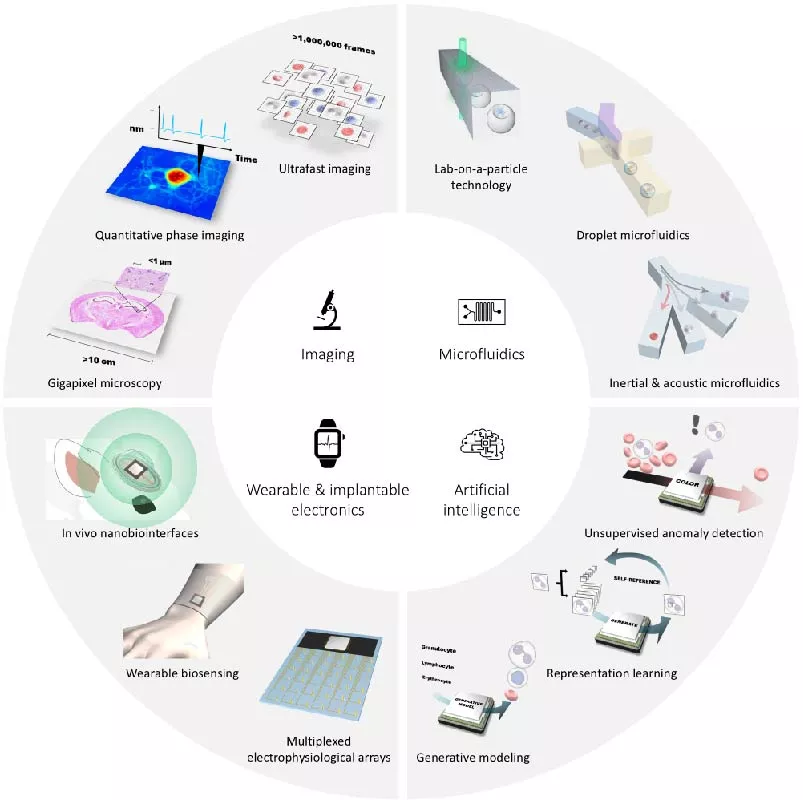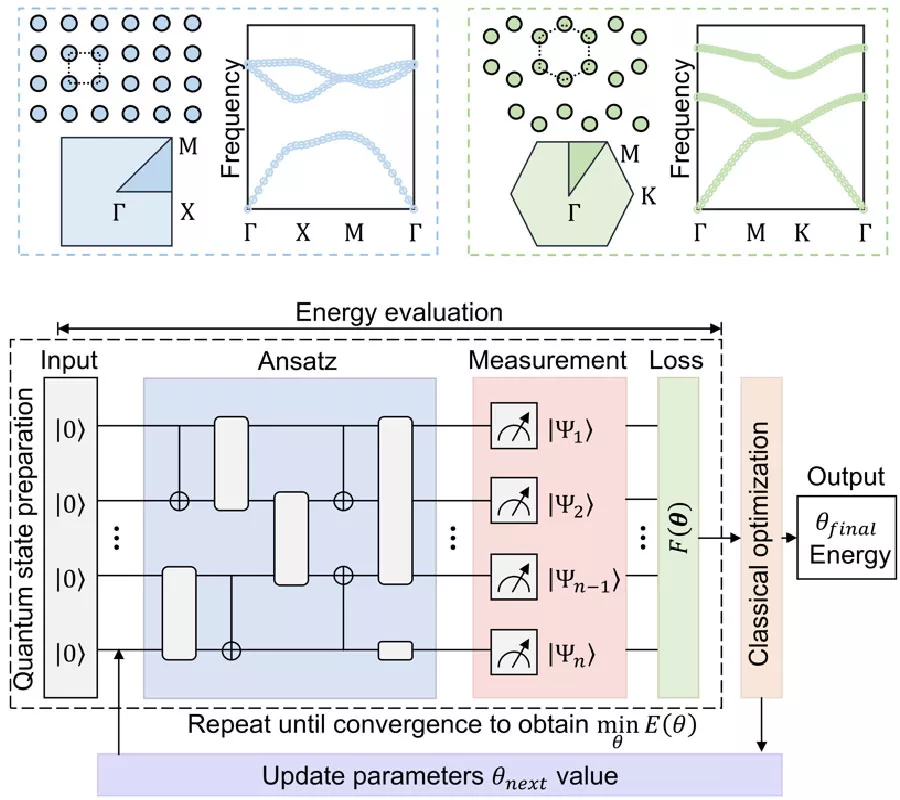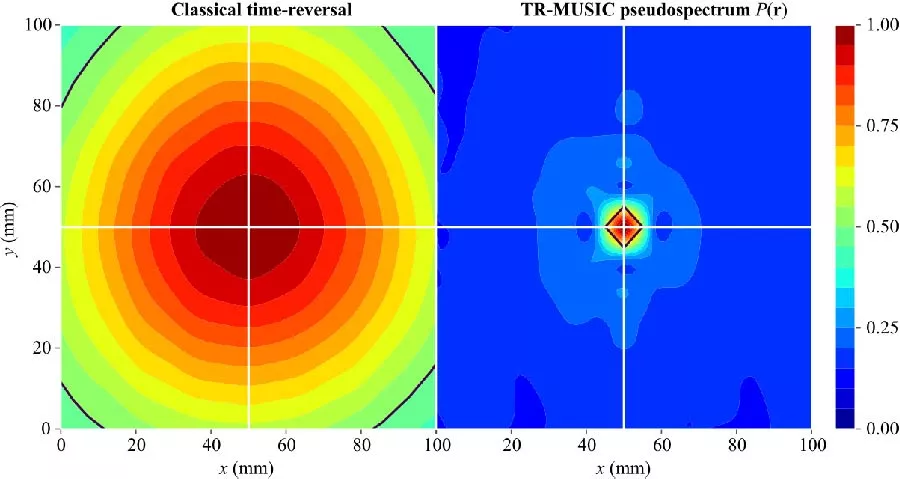Serendipity Engineering with Photonics: Harnessing the Unexpected in Biology and Medicine(Invited Paper)
Kelvin C. M. Lee,
Walker Peterson,
Fabio Lisi,
Tianben Ding,
Kotaro Nojima,
Hiroshi Kanno,
Yuqi Zhou,
Hiroyuki Matsumura,
Yasutaka Kitahama,
Ming Li,
Petra Paie,
Cheng Lei,
Tamiki Komatsuzaki,
Masahiro Sonoshita,
Dino Di Carlo and
Keisuke Goda
Serendipity has long shaped transformative scientific discoveries, from penicillin and microwave oven to cosmic microwave background. These advances were not accidents but arose when prepared minds encountered unexpected phenomena in environments that enabled recognition and follow-up. In today's research climate, which often emphasizes narrowly defined goals and short-term deliverables, the role of serendipity is undervalued and frequently left to chance. This review introduces the concept of serendipity engineering: the intentional design of technologies, analytical frameworks, and research cultures that enhance the probability of meaningful chance discoveries. We outline four core principles - (i) expanding the observable space with advanced measurement tools, (ii) preserving anomalies through unbiased data stewardship, (iii) applying analytical methods that surface rare or emergent patterns, and (iv) fostering openness to unexpected results. Emphasis is placed on applications in biology and medicine empowered by advanced photonics and electromagnetism, where system complexity and disease heterogeneity make serendipitous findings particularly impactful. We propose a roadmap for embedding serendipity as a strategic component of 21st-century science, transforming it from a passive hope into an active driver of discovery.



